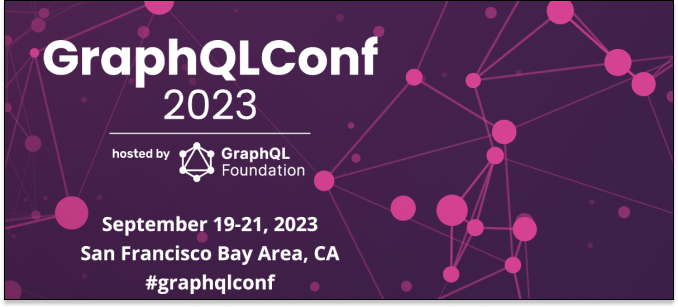Articles
A straightforward and helpful guide, this post uses a hypothetical event app to highlight how to optimize a GraphQL server. Outlining how batching and being critical about the order in which you fetch data (resolving the children of a query before the parent) can make a big difference in your app's performance, the piece leads a reader from simplest implementation to a more sophisticated approach.
As the first in a series of blog posts by Novvum, this article analyzes survey response data from engineers and CTOs at companies who have added GraphQL to their stack. With responses from teams of various sizes, the article provides insight on why the teams chose to use GraphQL and how it lived up to their expectations. The survey received responses from small startups as well as companies such as Houzz, Paypal, Airbnb, Shopify and more.
Tutorials
This piece offers an introductory tutorial of GraphQL with Go. Using gqlgen and working with the hypothetical example of a video publishing site, this article walks the reader from queries, mutations, subscriptions, etc, to more advanced topics, including authentication and optimizing the queries themselves.
This playlist on egghead.io by Eve Porcello and Alex Banks covers everything you need to get started with GraphQL, Apollo Server, and Apollo Client.
This article covers the use of SwagQL at Groupon. SwagQL builds a GraphQL schema from a Swagger (or Open API) spec that provides GraphQL Types, Queries, and Mutations. The generated schema can be customized using babel plugins. Offering a tutorial on using SwagQL with Swagger's Pet Store example, the piece goes over building a GraphQL interface for that backend. It is always interesting to see the various approaches companies take when working with GraphQL and Swagger together in production.
